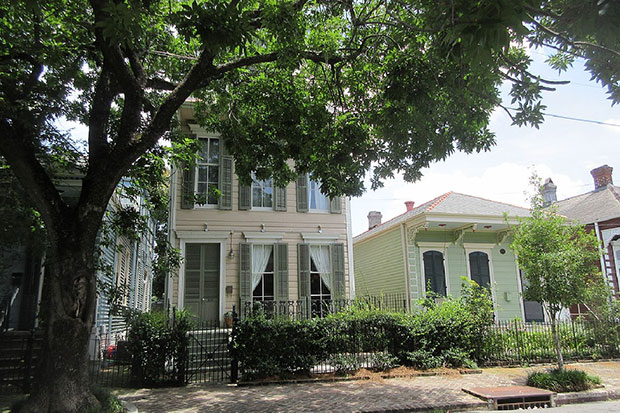Irish Channel Homes for Sale
Originally settled largely by Irish immigrants, the Irish Channel is dotted with restaurants and bars, and still boasts a strong sense of community and tradition.
In the early 19th century, New Orleans had the largest Irish population in the American South. Many of those immigrants settled in the area appropriately called the Irish Channel. The mostly working class, shotgun-studded neighborhood was also home to people coming from Germany and Italy and, eventually, a significant number of African-Americans.
Today’s Irish Channel boasts a vibrant dining and entertainment scene, thanks to the many restaurants, bars, and coffee shops dotting the area, especially on Magazine Street — making it a prime destination for breakfast and brunch in particular. It’s also ground zero for the Irish Channel St. Patrick’s Day parade, with a number of bars and pubs supporting the scene by hosting block parties during that time.
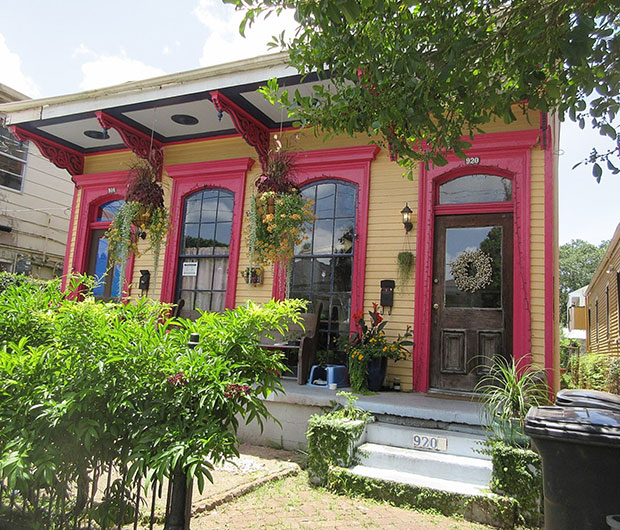
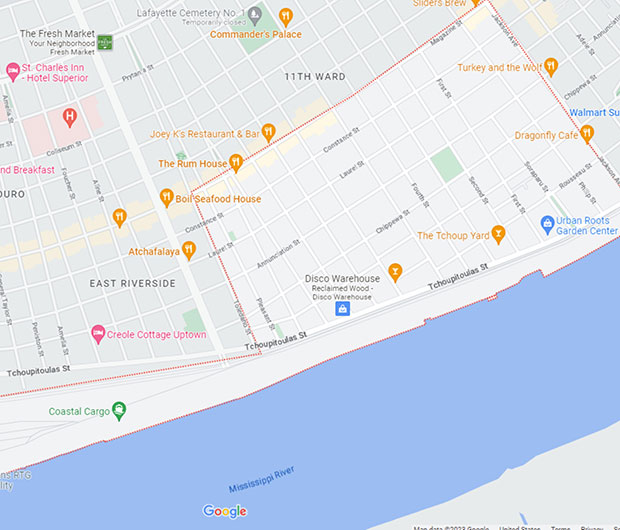
Where Is the Irish Channel?
The Irish Channel is the subdistrict of the Central City/Garden District area. According to the U.S. Census Bureau, it has a total area of 531 acres.
The Irish Channel borders the East and West Riverside to the west, Lower Garden District and St. Thomas development to the east, the Garden District to the north, and the Mississippi River to the south. The Irish Channel’s boundaries, as defined by the City Planning Commission, are:
North: Magazine Street
East: First Street
West: Toledano Street
South: Mississippi River.

Homes for Sale in Irish Channel, New Orleans
Why Buy a Home in Irish Channel?
The strong sense of community and tradition, easy accessibility, a lively dining scene — not to mention the high-ground location and proximity to the Garden District — make the Irish Channel a desirable neighborhood. Below are many things to love about this neighborhood.
Ground Zero for St. Patrick’s Day Parade. One of the most distinct traditions in the city, the Irish Channel St. Patrick’s Day parade (there’s another St. Patrick’s Day parade, in the French Quarter) features cabbages, potatoes, and carrots along with more customary throws like beads and MoonPies. It also comes with a massive block party based at Parasol’s, an iconic neighborhood bar with Cajun bar food like gumbo and famous roast beef po-boys.
Distinct Architecture Reflects Working-Class Past. Most of the area known today as the Irish Channel was part of the City of Lafayette. You can still spot some of the townhouses and raised center-hall cottages from the antebellum days, plus many examples of single and double shotguns — some rundown, others meticulously renovated. Tchoupitoulas Street riverside still has a number of warehouses, left over from the days the area was a filled with docks, where many of its working-class residents worked. One of the most distinct buildings in the Irish Channel is the former courthouse of the city of Lafayette, at 2219 Rousseau St, featuring Egyptian Revival detailing.
Its Own Section of Magazine Street. The last few blocks of the busy Magazine Street included in the Irish Channel area are packed with restaurants, coffee shops, antique shops, locally-owned clothing boutiques, and galleries — many housed in converted historic buildings and all easily accessed in one stroll down this famous thoroughfare.
Easy to Navigate. Walk to the many neighborhood bars and restaurants, or hop on the St. Charles streetcar to get to other areas of the city. The area’s walk score is the city’s ninth-highest, at 87.
It’s Above Ground. The elevation of seven feet means the neighborhood was spared the Katrina-related flooding and the consequent flooding from the natural disasters in more recent years.
Storied Musical Past. Many local musicians of German, French, Irish, and Italian descent called this area home. For example, all the members of the Original Dixieland Jazz Band, who billed themselves as the “creators of jazz,” were from the Irish Channel. It was the first jazz band to make a phonograph record (its “Livery Stable Blues” became the first jazz record ever issued).
Irish
Channel
Attractions
With its many restaurants and coffee shops, the Irish Channel had become a prime destination for coffee, breakfast, and brunch in particular. Its stretch of Magazine Street is a shopping and dining hotspot, but there are many other lively, well-trafficked corner bars and locally-owned stores dotting the area you wouldn’t want to miss. And, of course, come St. Patty’s Day, the Irish Channel becomes one big block party and is THE place to be. Here are a few of our favorite highlights of what the Irish Channel has to offer.
Get a sweet treat and some excellent coffee at the beautifully appointed French-style patisserie Sucre on Magazine Street, or at the less posh, rustic-casual District Donuts. District Donuts also offers an impressive breakfast that involves grilled doughnuts and praline bacon.
Speaking of breakfast/brunch, the cash-only, legendary Slim Goodies Diner “cooks with love” the many variations of comfort food, impressively sized. Its Sinkhole omelette lists 16 ingredients, the fries come loaded, and the enormous Creole Slammer features Slim’s own crawfish etouffee.
Another go-to brunch spot is Atchafalaya, known for its creative takes on Louisiana fare like chicken and biscuits, plus its duck hash and the popular DIY Bloody Mary bar.
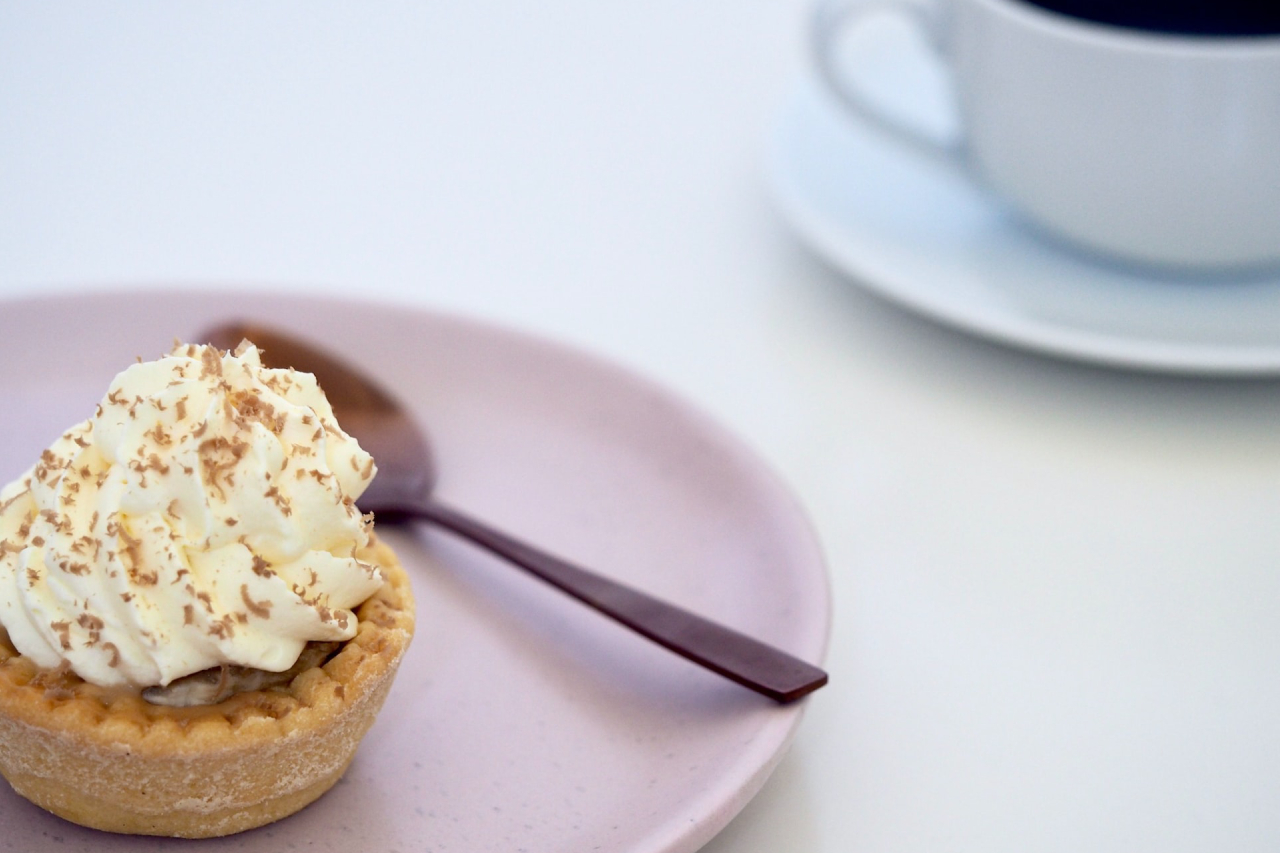
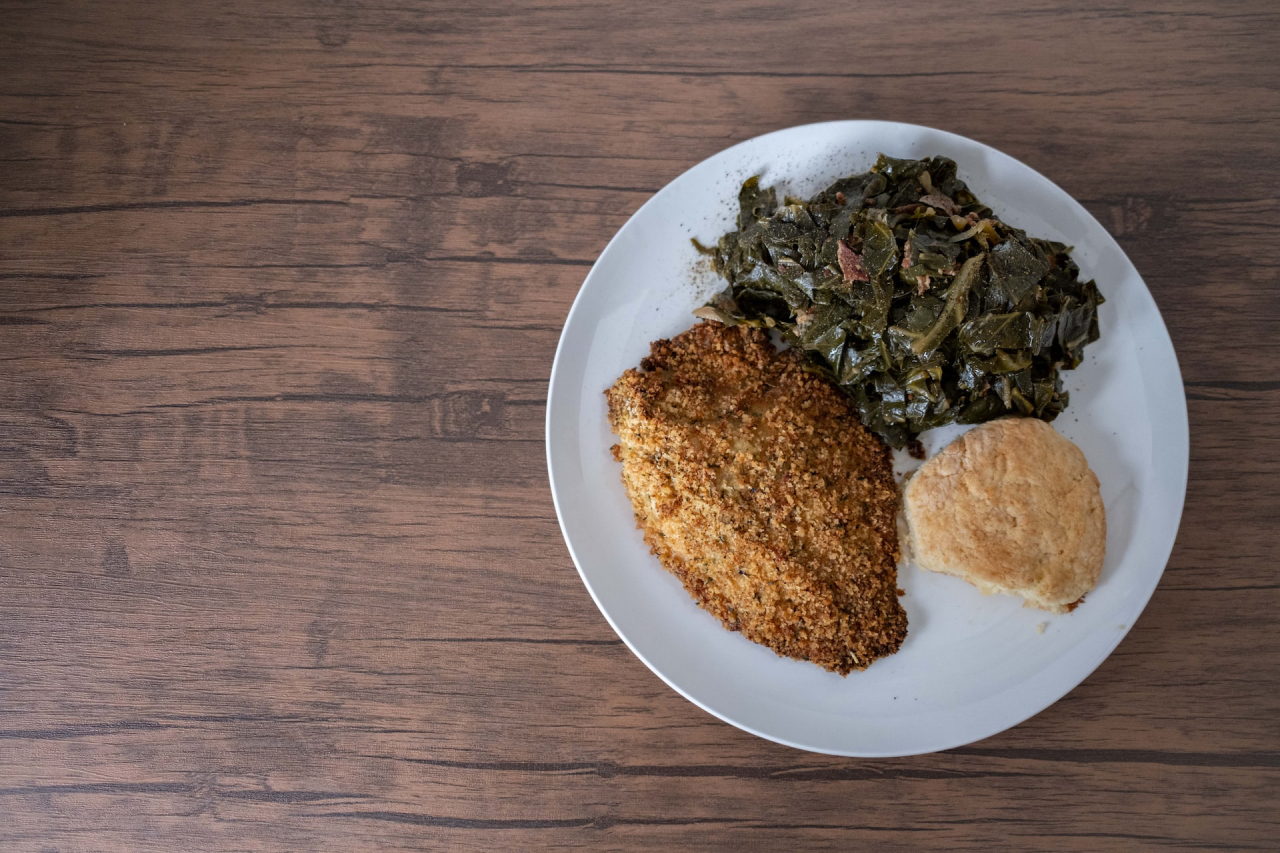
Want some locally sourced classic fare with a well-curated wine list? Head to Coquette, a chandelier-adorned bistro that offers blind tastings of delicious things like pork gumbo and fried catfish.
Enjoy more than 45 draft beers (and more than 100 bottled) on a dog-friendly patio — complete with a large-screen TV and a beer-tap fountain — at the Bulldog on the corner of Magazine and Pleasant streets (its original location).
Do you miss getting your corned beef and pastrami on rye at Katz’s Delicatessen in New York City? Do you like your hoagies Philly-style? In this po-boy city, Stein’s Market & Deli has got you covered with brews, deli staples like bagels, and a wide variety of daily specials of overstuffed Italian hoagies.

History of the Irish Channel, New Orleans
Many Irish immigrants who fled the potato famine to New Orleans settled in the Irish Channel. The first considerable wave came in 1810, and kept increasing in the 1800s and all the way after the Great Famine, dwindling by the end of the 19th century. The Irish diaspora settled in the former city of Lafayette (the modern Garden District, Lower Garden District, and the Irish Channel), annexed by New Orleans in 1852.
In the early 19th century the area was also inhabited by immigrants from Germany and Italy and free people of color. Many worked in the docks and the breweries populating the area then, settling in simple cottages. This has resulted in the proliferation of single and double shotguns that you can still spot all over the area.
By the 1960s the area was majority-African American, then experiencing an influx of Latino immigrants in the 1990s. Starting in the early 2000s, the Irish Channel began undergoing a slow gentrification that continues to this day.
